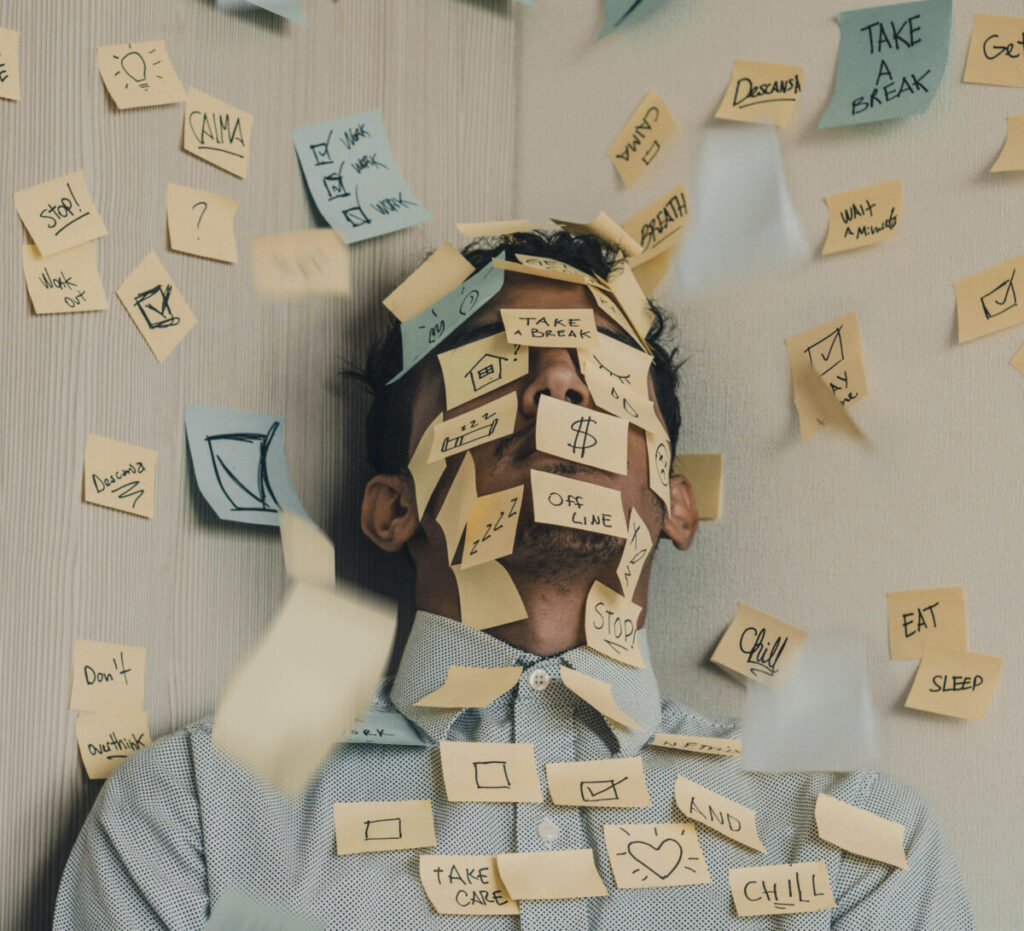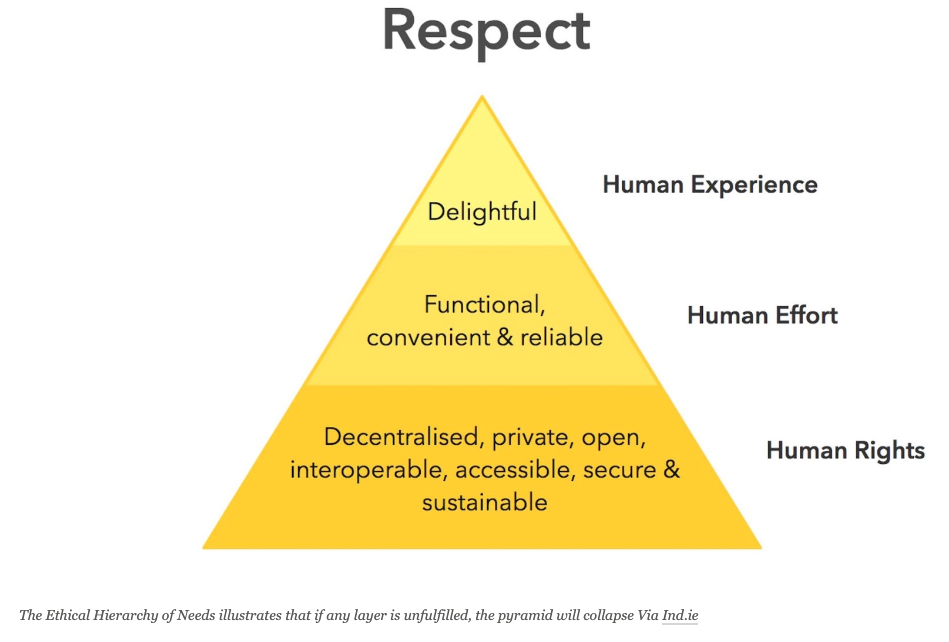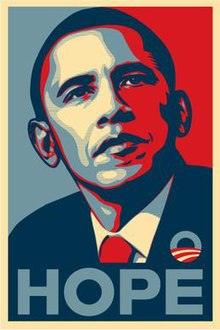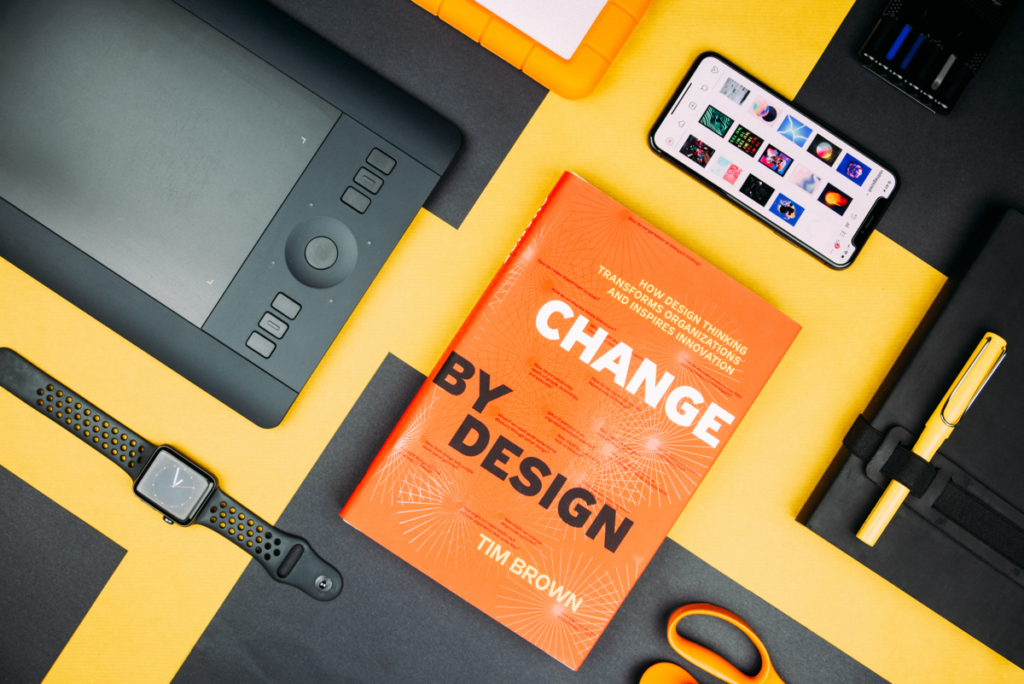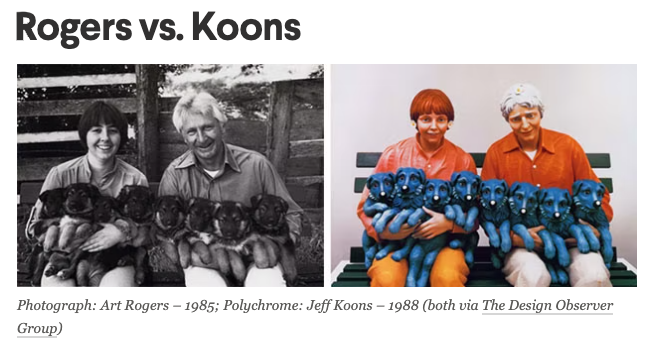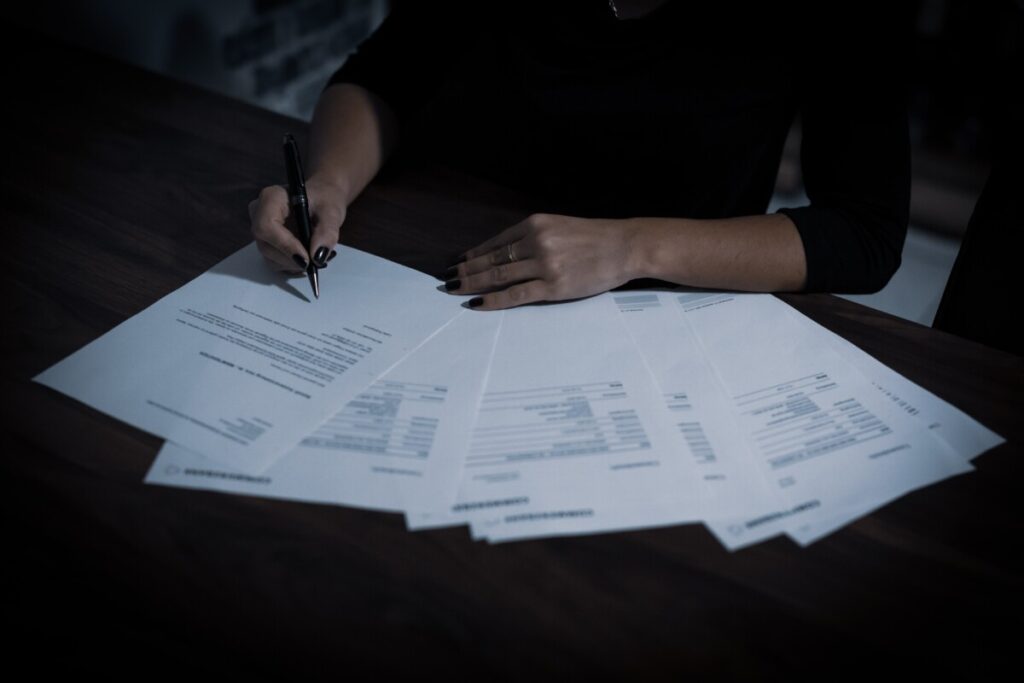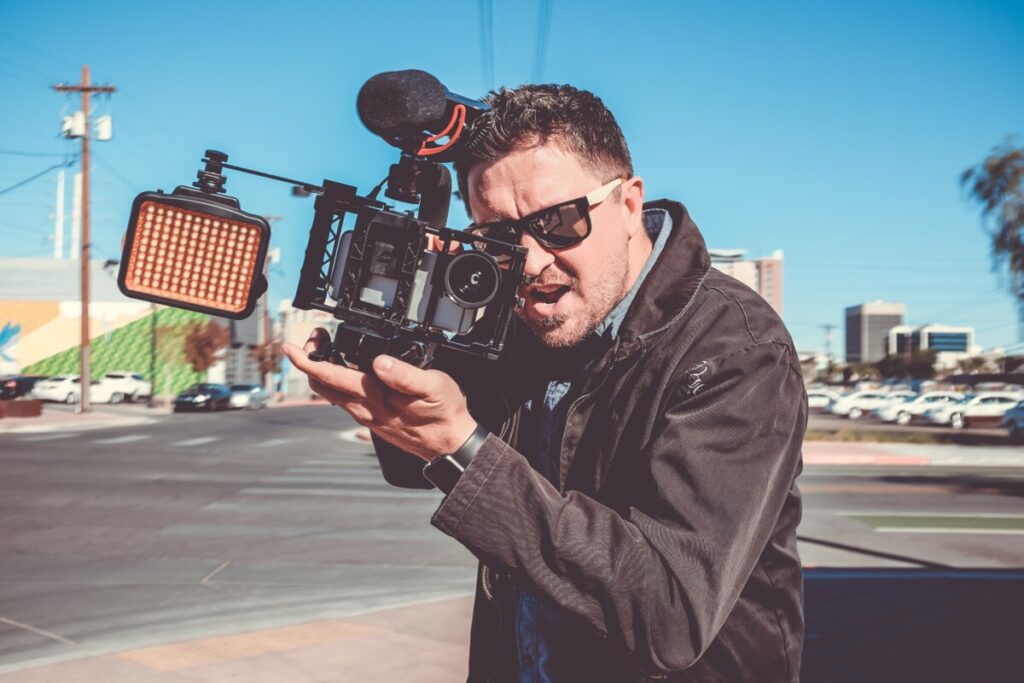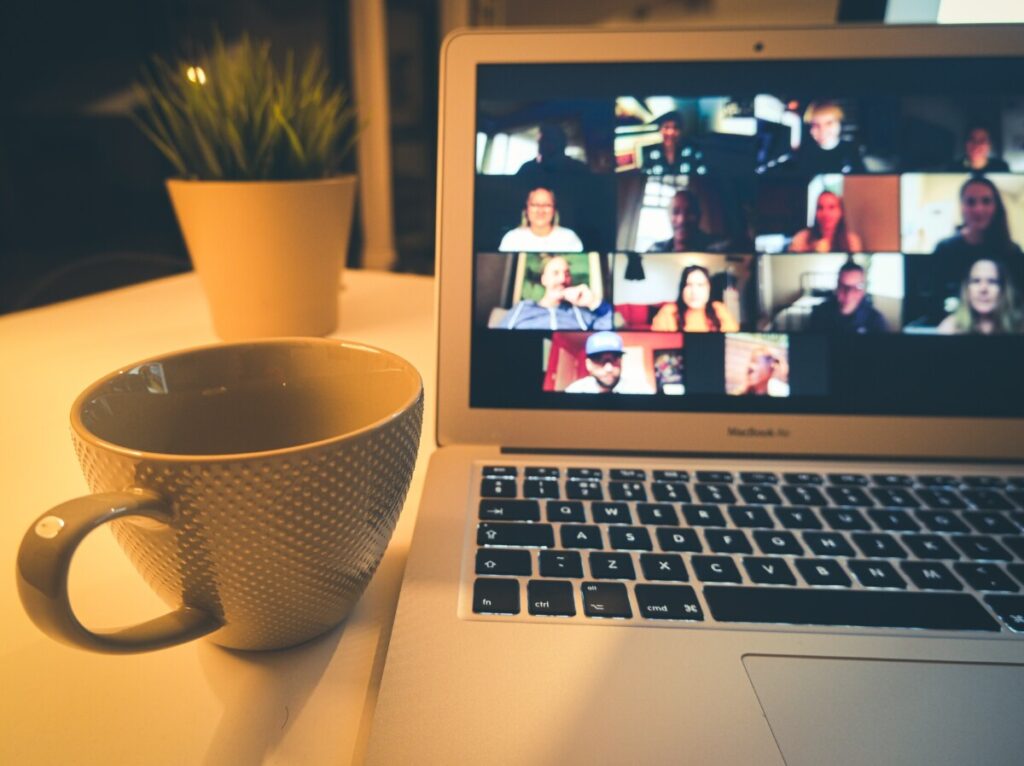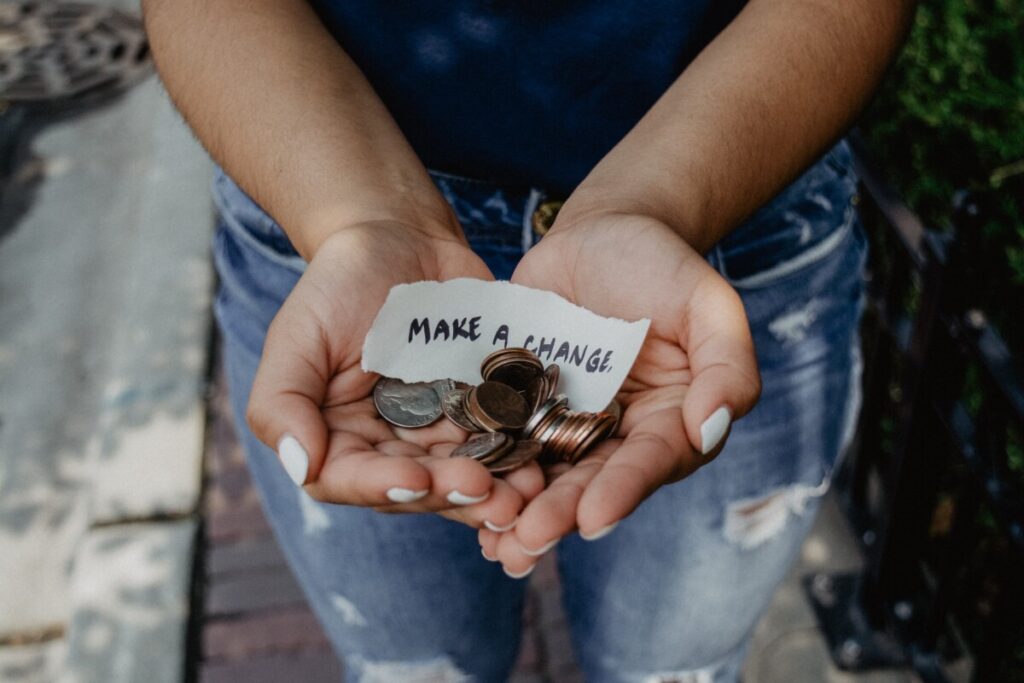
Overall, this was an interesting experience. I have volunteered at non-profit organizations and charitable causes before, but this was new insight working from the other side of this business. I discovered new aspects and got a better understanding of all the work that goes into the business operating successfully. I learned about what cause marketing is, effective outreach, how to use CRM software, and even though I did do some designing, I would have liked to a bit more. I used Adobe photoshop, Adobe Premiere Pro, and Adobe Illustrator and learned to use Adobe Express to convert logos to SVG files to upload to the company database.
The knowledge I gained from this course’s work aided me in successfully managing all of my internship field work. In addition to that benefit, it also really equipped me with a wealth of information for my future career pursuits. I gained so much insight and new information that will prepare and protect me, whether I am working for a company or freelancing. Learning interview tips, design ethics and laws, companies and agencies that can assist me when needed, contracting and templates, and so much more. All things that now make me feel so much more confident for when I re-enter the workforce.
This course and the internship were great learning experiences into digital marketing, non-profit organizations and business as a whole. I am proud that I successfully completed all of the objectives set out for me at the start of the internship, and received rave reviews from my supervisor. I decided to stay on until the end of the month and continue my non-profit outreach and hopefully get a few campaigns going. I look forward to seeing these campaigns up and running and the success of the sweepstakes overall. My consistent and diligent work during the course was also acknowledged by the professor, and I cannot wait to put all of these new skills and learnings to use.
Internship Summary – Video Presentation
